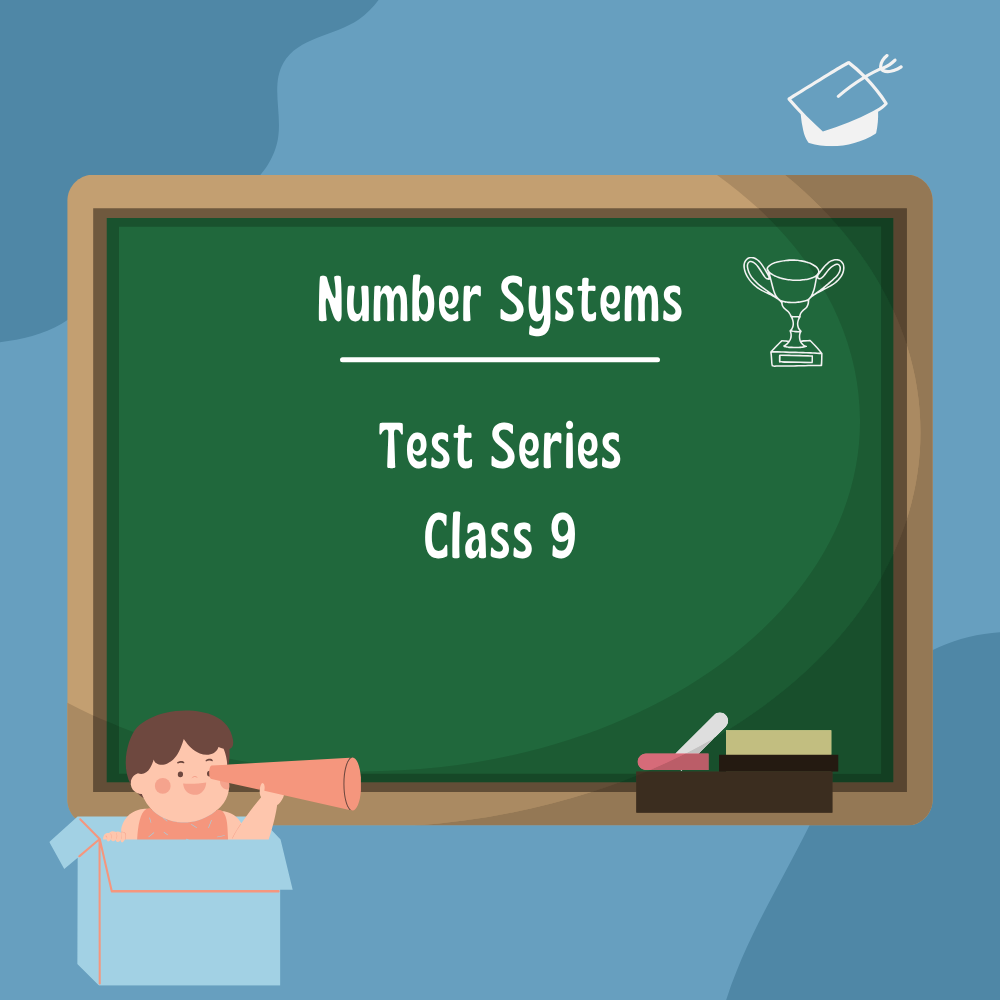
About Course
NUMBER SYSTEMS 1. Review of representation of natural numbers, integers, and rational numbers on the number line. Rational numbers as recurring/ terminating decimals. Operations on real numbers. 2. Examples of non-recurring/non-terminating decimals. Existence of non-rational numbers (irrational numbers) such as \(\sqrt{2}\), \(\sqrt{3}\) and their representation on the number line. Explaining that every real number is represented by a unique point on the number line and conversely, viz. every point on the number line represents a unique real number. 3. Definition of nth root of a real number. 4. Rationalization (with precise meaning) of real numbers of the type \(\frac{1}{a+b\sqrt{x}}\) and \(\frac{1}{\sqrt{x}+\sqrt{y}}\) (and their combinations) where x and y are natural number and a and b are integers. 5. Recall of laws of exponents with integral powers. Rational exponents with positive real bases (to be done by particular cases, allowing learner to arrive at the general laws.)
Course Content
Number Systems MCQ Tests
-
Number Systems MCQ Test 1
00:00 -
Number Systems MCQ Test 2
00:00 -
Number Systems MCQ Test 3
00:00
Number Systems Subjective Tests
Student Ratings & Reviews

